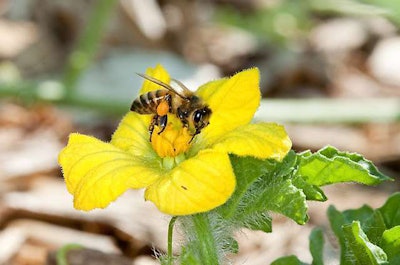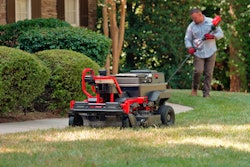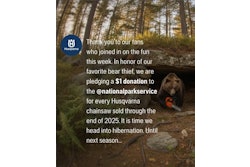 Photo: Stephen Ausmus, United States Department of Agriculture.
Photo: Stephen Ausmus, United States Department of Agriculture.‘Bee-scaping’ invites struggling populations into your clients’ yards
As bee populations decline, public awareness of the problem – known as Colony Collapse Disorder (CCD) – is increasing. More Americans also are recognizing the importance of combatting CCD, because the stakes are high: The collapse of bee populations poses a serious threat to U.S. crops, including nuts, berries, fruits, and vegetables.
Professional landscapers can help increase clients’ bee knowledge by discussing options for attracting native bees, such as planting flowers and fruit trees. Here are some good reasons to cite during those discussions; they’re from Elsa Youngsteadt, a research associate at North Carolina State University’s Department of Entomology:
- Bringing the diversity of bee species into your landscape heightens environmental awareness. Witnessing bees’ habits and life cycles sheds new light on familiar habitats and further enhances the changing seasons.
- Creating a bee-friendly landscape doesn’t mean you are creating an area ripe for bee stings. Male bees can’t sting and female bees aren’t likely to sting while they are foraging on flowers. “You may be surprised to find yourself spending time in your garden, peering at bees just inches from your nose, with no repercussions,” Youngsteadt writes in her blog.
- Bee food is by nature beautiful, which means any “bee-scape” will be as well. Bees are attracted to nectar-producing plants, including wildflowers, asters, goldenrod, and sunflowers, as well as flowering vegetables and fruits, fruit trees, and trees such as maple, willow, black locust, and sumac. Professional landscapers can help homeowners determine what will work best in their location and climate.
- Supporting a diverse population of native bees increases the variety of pollinators at work in your garden.
- Without bees, many plants are unable to reproduce. By creating a bee-friendly landscape, you contribute to sustainable systems throughout the United States.










